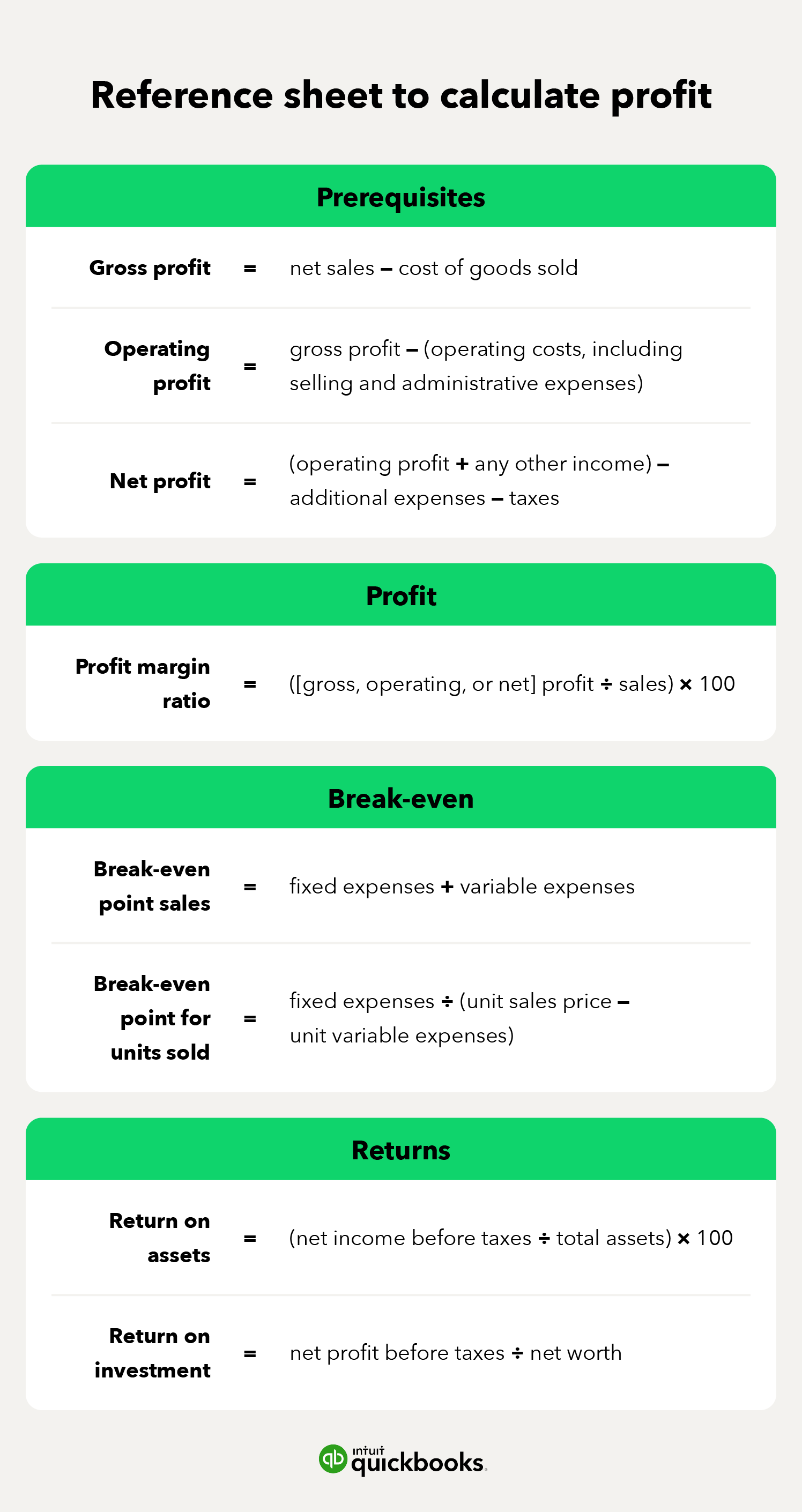Today’s business word of the day is “profitable.” According to the unabridged Merriam-Webster English Dictionary, the definition of profitable is, “affording profits: yielding advantageous returns or results.” Thesaurus.com provides some related words, including “beneficial,” “cost-effective,” and “fruitful.” Other relevant words include “gainful” and “money-making.” Antonyms include “fruitless” and “valueless.”
Most business owners understand profitability from a fundamental standpoint. If the revenue from sales covers your expenses, you’re turning a profit. Profits mean that your company generates a positive cash flow. Positive cash flow helps keep your business in operation. Profitableness tends to be one of the primary goals of business owners. They seek to have a profitable experience and capitalise on material gain.
However, business owners should look beyond a simple profit dollar amount. The basic dollar amount doesn’t indicate why the business is profitable. Analysing key metrics can help business owners determine whether their company is healthy, and profitability is sustainable. By calculating and comparing metrics, owners can identify the areas of the business that are working well — and those that need improvement.
Broadly speaking, there are three primary ways to determine whether you’re a profitable business: margin or profitability ratios, break-even analyses, and return on asset assessments.
In this article, we’ll provide you with a breakdown of everything you need to know to run a financial profitability analysis and learn how to measure profitability of a company. The financial ratios and figures that we’ve included will not only provide you with an accurate measure of profitability but help predict future profitability as well.


















